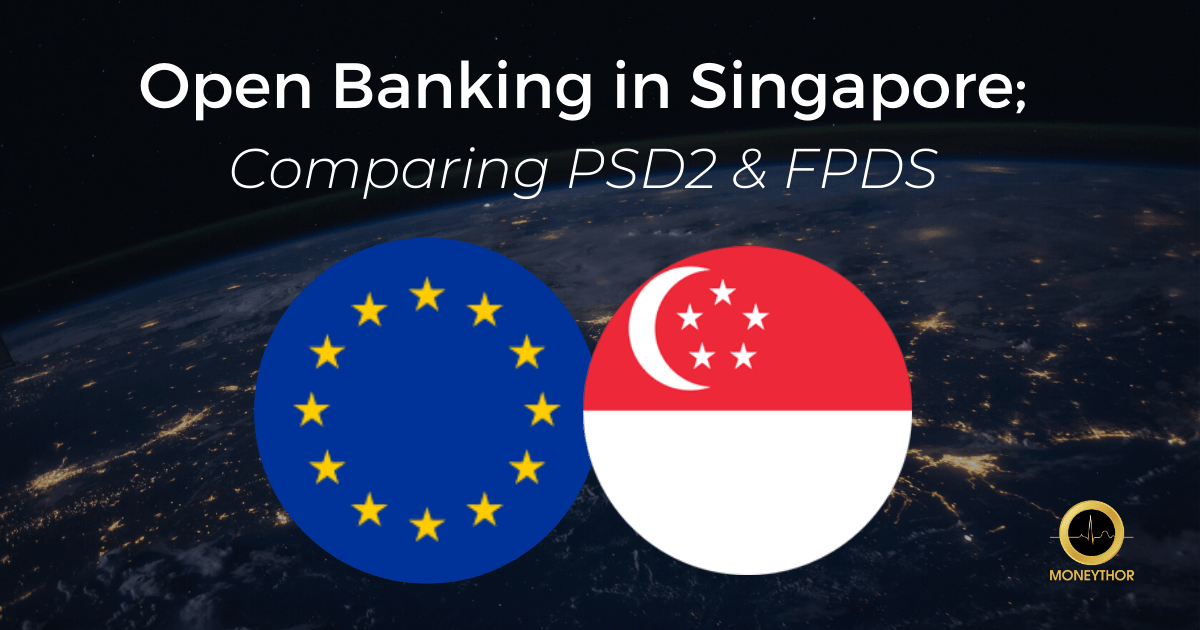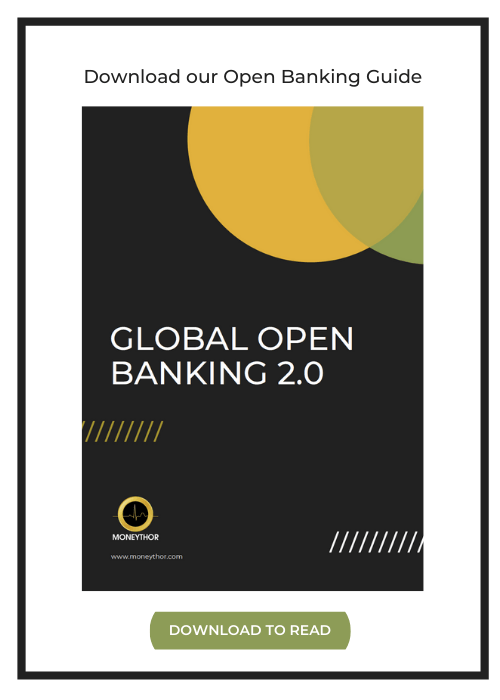Transforming the way that banks, customers and third parties interact has been an ongoing project for banks and fintechs over the last few of years, accelerated by the emergence of Open Banking regulation, introduced by financial bodies and governments around the world.
In Europe and the UK, its effect has been most notable due to the early introduction of mandatory regulation there. In line with Europe’s PSD2 regulation, all financial institutions in the region are required to share customer data with third party providers through an API infrastructure. With secure access to this data, third parties can use it to provide personalised and customised experiences to customers that carve out competitive advantage for newcomers in an industry that is notorious for its high barriers to entry.
It is no surprise that after its introduction in Europe that other countries quickly followed suit. Among the advantages of promoting an Open Banking approach, it enhances the customer experience, encourages collaboration, accelerates the time to market for financial products and services, and builds an API-rich economy.
Open Banking in Singapore
The Monetary Authority of Singapore (MAS) often leads the way when it comes to driving forward the financial services industry in Asia and beyond. It is also a contributing player in why the country’s leading banks are regularly recognised as the best in the world. MAS has been encouraging banks to adopt Application Programming Interfaces (APIs) since 2016 with the development of a financial industry API playbook, but it has yet to publicly release Open Banking style measures. Amidst intense industry discussions on the benefits of establishing a financial data portability regime, a flavour of Open Banking is now expected to be rolled out in Singapore in some capacity by the end of 2020.
While all has yet to be confirmed, what is known so far is that this initial Singaporean version of Open Banking will be named Financial Planning Digital Services (FPDS) and, similarly to its European cousin, will aim at facilitating data portability with a secure API framework underneath giving consumers greater access to and control over their own financial data. As a result, similar impacts are expected on the market such as increased innovation and competition between financial services providers, as well as better financial planning assistance for consumers.
The proposed consent mechanism for the sharing of data will be facilitated using SingPass, the single sign-on service already used by all residents to access the Government e-services. Consumers can then grant access to the financial institutions of their choosing to share not only information about their bank accounts and credit cards but also information about their pension contributions, social security savings and government housing scheme payments.
The exact date of launch of FPDS has not been published but it is expected to be rolled out in two main phases, the first phase will include banks and government bodies and with the second phase roll out, it will incorporate insurers and wealth management companies too. PSD2 currently only shares financial and bank account information and has yet to incorporate other industries such as insurance, but it is much broader and ambitious than FPDS when it comes to the parties able to access consumers’ data. Incumbent financial institutions are the only parties given access to FPDS with currently no sign of any new type of authorised institutions being introduced, akin to the Third Party Providers (TPPs) including the Account Information Service Providers (AISPs) and Payment Initiation Service Providers (PISPs) roles used by fintech firms in Europe.
Unlike PSD2 which promotes the use of APIs to retrieve account information from various sources on an ongoing timely basis with full transaction details, initial plans for FPDS suggest that information sharing will take place on a monthly basis and will only include high-level information such as accounts & cards balance summaries.
Although there are some clear similarities between the proposed FPDS scheme and other international Open Banking initiatives like PSD2, there are also some big differences. Regardless, there are a still a number of best practices that can be applied from Europe that will help Singaporean banks to take advantage of Open Banking principles and create value for customers.
Data aggregation can create competitive advantage
When applied correctly, Open Banking can create detailed and enhanced financial overviews that help customers with their financial planning. Building a base of financial literate and secure customers is in the best interest of banks, as these customers tend to take on more financial products than those who are not as financially in-the-know.
In Europe, Max, the personal assistant and concierge service by Credit Mutuel Arkea which is powered by the Moneythor engine, leverages Open Banking/PSD2 capabilities to aggregate and categorise data from multiple bank accounts giving customers a holistic view of their finances. This provides the bank’s customers with a one-stop-shop for understanding their entire financial situation.
In the case of Singapore, the partnership with other government services such as the social security savings scheme (CPF) will give customers an even more detailed view of their financial standing. Singaporean banks should facilitate the aggregation and categorisation of this data within their own digital channels.
Those banks that embrace FPDS early will stand to become the go-to digital financial channel for their customers, edging out the competition and reducing the need for them to log into a number of separate applications.
Open Banking creates increased opportunities for personalisation
Once aggregated and categorised, data should then be used to augment and personalise the products and services that are offered to customers. The data that will be available to Singaporean banks thanks to FPDS will give them a detailed view of a customer’s financial standing that they have not had access to before. They should use this data to the advantage of their customers by providing them with services that are highly personalised, enhance their financial lives and improve the bank/customer relationship.
Platform banking speeds up time-to-market
A final learning from Europe is that banks cannot do it alone and not in the timeframes desired. For our European clients and other European banks, the opportunities thanks to Open Banking have been significant. However, transforming their current digital channels into ecosystems of personalised financial products and services is no mean feat. In order to overcome this hurdle, many banks are looking at specialist providers to help them roll out personalised and scalable services with a quicker time-to-market.
Banks that embrace this ‘platform’ approach will have the benefit of improved customer experiences, increased digital engagement and higher revenues thanks to the introduction of new products and services.
Importantly for banks in Singapore and a lesson learned from the mistake of some European institutions which had originally looked at PSD2 merely as a regulatory requirement, FPDS should not be seen as a tick-the-box exercise but as an opportunity to improve the products and services that are offered to Singaporean consumers with a focus on financial wellness principles, as it gives banks a level of information that they have not had in the past and the chance to build lasting digital relationships.
Although FPDS is in its early stages, banks need to accelerate their preparation ahead of its launch now. With our home base in Singapore and our ongoing work with some of Singapore’s leading banks, the Moneythor engine already supports multi-bank data aggregation natively and has proven experience in Europe of Open Banking initiatives. We will continue to update our blog and newsletter as more information about FPDS emerges, but if you would like to find out more about our Open Banking experience, please feel free to contact us here.
Update: MAS launched SGFindex in December 2020. Read more about it here.


